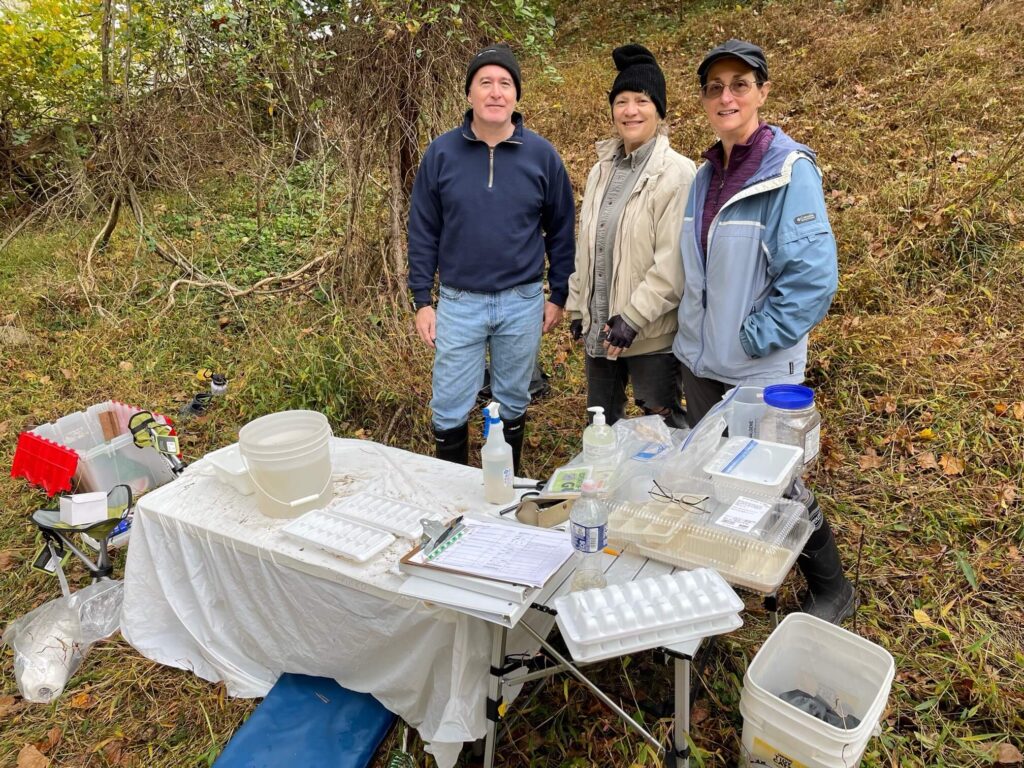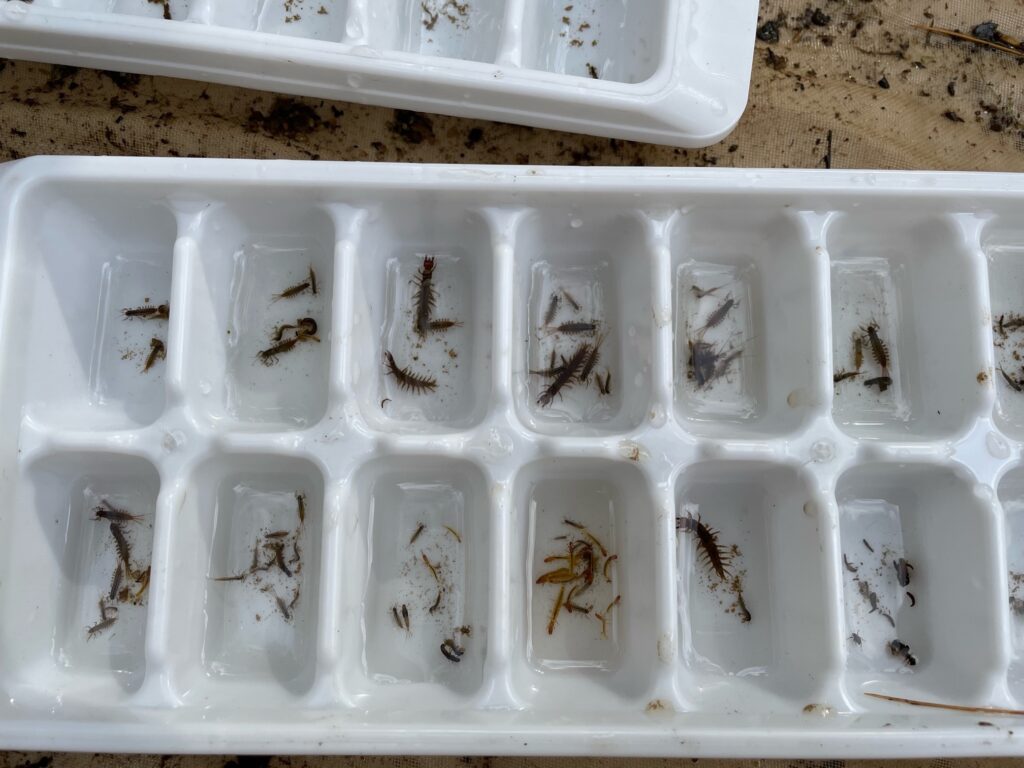Have you ever stepped barefoot into a stream on a hot summer day and been pleasantly surprised by how cool that water felt? Have you ever seen water trickling out of the ground or rock formation even during a dry spell? If so, you recognize just how rare a cold-water stream is in this area. A cold water stream is a scarce resource in Maryland; it is defined by law and evidenced by the aquatic organisms dependent upon it to thrive and reproduce. The federal Environmental Protection Agency (EPA) Clean Water Act requires
“designed use” classifications and appropriate protection for quality water bodies. Cold water, such as spring heads and small streams in heavily forested areas may meet the criteria as cold water bodies. The Maryland Department of the Environment (MDE) has responsibility for assigning those designations. Use Class III is “Nontidal Cold Water” by MDE criteria (reference on Use Classes: https://mde.maryland.gov/programs/water/tmdl/waterqualitystandards/pages/wqs_designated_uses.aspx).
Why should we care about a stream being classified Use Class III? Will a Use Class III benefit us in any way over a Use Class I, II, or IV classification? Well yes, a Use Class III body of water can support the propagation and growth of trouts. This is an indicator of excellent water quality.
And this is extremely rare in Maryland, especially east of I-81. So much so that Class III waters may be eligible for special protections and funding to restore their buffer zones. In Baltimore County, the Jones Falls in one example of a Use Class III cold water stream that sustains a naturalized brown trout population. The watershed landowners receive funding for restoration of the riparian (meaning river or stream) buffer. The buffer (trees and shrubs planted to protect the stream banks for about 75’ on each side) stabilizes the streambed, reduces erosion, enhances trout habitat and will develop a tree canopy to shade the stream.
The State requires one of three forms of evidence for a cold water stream classification:
- A naturally reproducing trout population, demonstrated by multiple year classes of trout. The brook trout is native to Maryland, but the brown trout (originated from Europe) and rainbow trout (originated from Western states) may have naturalized populations here.
- Populations of cold water macroinvertebrates (animals with no backbone i.e. crayfish, clams and snails), specifically two stonefly taxa that are only found in cold water. These (benthic) animals live at the bottom of streams among rocks, rubble and leaves.
- Water temperatures recorded during June, July and August at 20 minute or less intervals that do not exceed 20 degree C (68 degrees F) more than 10% of time and never exceed 24 degrees C (75 degrees F).
Our GPCA Small Watershed Community Committee (SWCC) has been collecting data from instream temperature recorders for over two years to determine the seasonal and daily temperature profiles of four local streams. We started surveying aquatic macroinvertebrates in Spring and Fall 2022 to better assess stream water quality (refer to previous SWCC article on this topic for more detail). We hope to determine the suitability of our monitored streams to sustain cold water fish, such as trout. Our SWCC surveys follow the standard sampling protocol taught by the Izaak Walton League nationwide for rocky bottom streams. At least three of our SWCC members are trained and certified to use this protocol.

Temperature is a key factor in aquatic habitat sustainability according to scientists. The Maryland Department of Natural Resources conducted a 10-year study (2000-2009) on twenty-seven high quality streams throughout the state and analyzed macroinvertebrate collections from over 1,000 Maryland Biological Survey samples to determine which species / taxa are “Cold-water obligates”. They found two taxa of stoneflies, Sweltsa and Tallaperla that only exist in high quality, well oxygenated cold water. If you want to see what these stoneflies look like, go to https://bugguide.net/index.php?q=search&keys=Sweltsa. Keep in mind they are small, a little over ¼ inch long.

Did our SWCC team ever find the cold water type of stoneflies? No, at least not yet. But we are trying.


